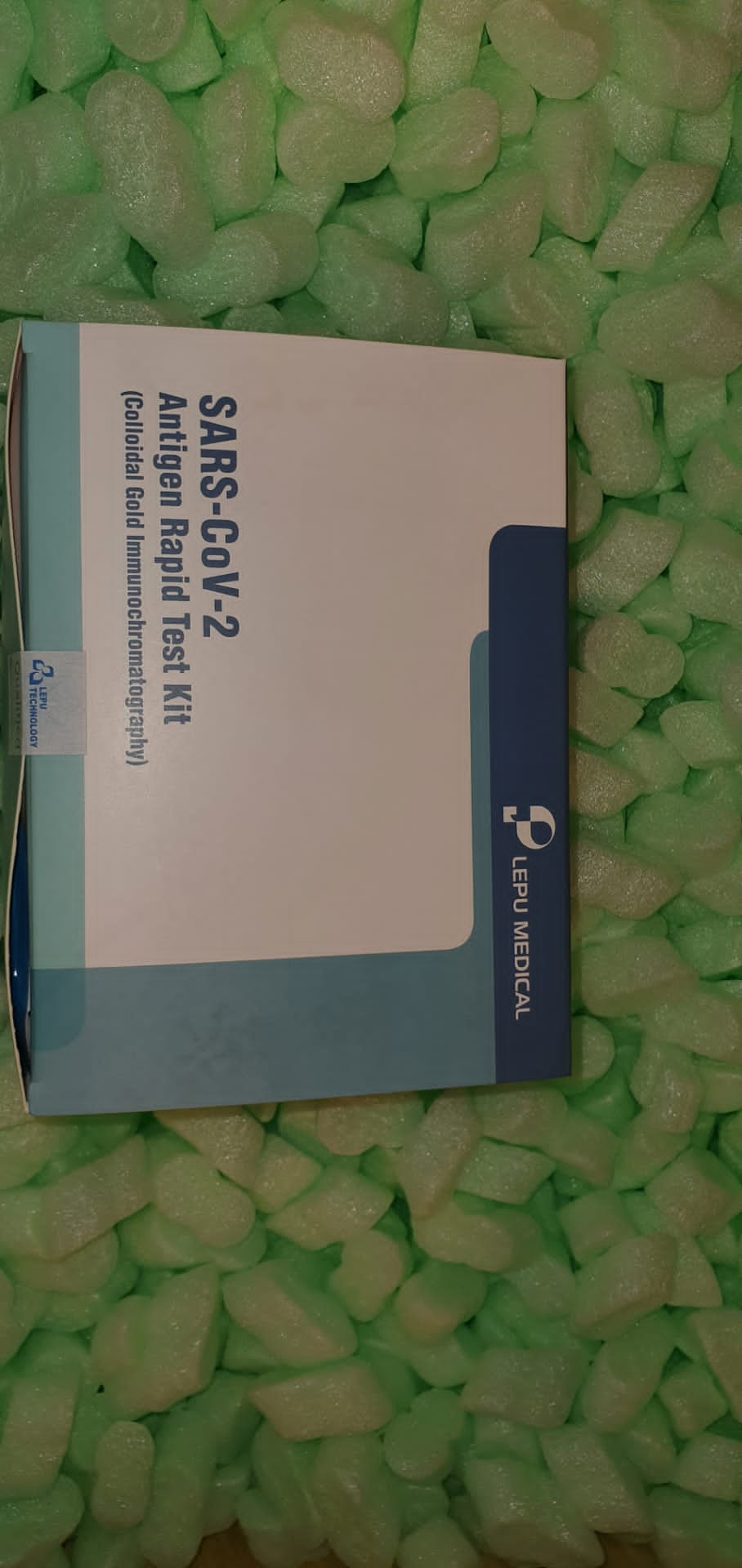Melanoma represents ~5% of all cutaneous malignancies, but accounts for almost all of pores and skin most cancers deaths because of its propensity to metastasise. To develop new therapies, novel goal molecules should to be recognized and the accessibility of cell floor proteins makes them engaging targets. Utilizing CRISPR activation know-how, we screened a library of information RNAs concentrating on membrane protein-encoding genes to establish cell floor molecules whose upregulation enhances the metastatic pulmonary colonisation capabilities of tumour cells in vivo.
We present that upregulated expression of the cell floor protein LRRN4CL led to elevated pulmonary metastases in mice. Critically, LRRN4CL expression was elevated in melanoma affected person samples, with excessive expression ranges correlating with decreased survival. Collectively, our findings uncover an unappreciated position for LRRN4CL within the end result of melanoma sufferers and identifies a possible therapeutic goal and biomarker.
CRISPR/Cas9-Mediated Introduction of Particular Heterozygous Mutations in Human Induced Pluripotent Stem Cells
Advances in genome enhancing and our capability to derive and differentiate human induced pluripotent stem cells (hiPSCs) into all kinds of cell sorts current within the physique is revolutionizing how we mannequin human illnesses in vitro. Central to this has been the event of the CRISPR/Cas9 system as an affordable and extremely environment friendly instrument for introducing or correcting disease-associated mutations. Nevertheless, the benefit with which CRISPR/Cas9 allows genetic modification is a double-edged sword, with the problem now being to introduce modifications exactly to only one allele with out disrupting the opposite.On this chapter, we describe methods to introduce particular mutations into hiPSCs with out enrichment steps.
Monoallelic modification is contingent on the goal exercise of the information RNA, supply technique of the CRISPR/Cas9 elements and design of the oligonucleotide(s) transfected. In addition to addressing these facets, we element excessive throughput culturing, freezing and screening strategies to establish clonal hiPSCs with the specified nucleotide change. This set of protocols provides an environment friendly and finally time- and labor-saving method for producing isogenic pairs of hiPSCs to detect delicate phenotypic variations brought on by the illness variant.
CRISPR/Cas9-Mediated Genome Enhancing to Generate Clonal iPSC Traces
The flexibility to reprogram somatic cells into induced pluripotent stem cells (iPSCs) was developed in 2006 and represented a significant breakthrough in stem cell analysis. A more moderen milestone in biomedical analysis was reached in 2013 when the CRISPR/Cas9 system was used to edit the genome of mammalian cells. The coupling of each human (h)iPSCs and CRISPR/Cas9 know-how provides nice promise for cell remedy and regenerative drugs.
Nevertheless, a number of limitations together with time and labor consumption, effectivity and efficacy of the system, and the potential off-targets results induced by the Cas9 nuclease nonetheless must be addressed. Right here, we describe an in depth technique for simply engineering genetic modifications in hiPSCs, utilizing a nucleofection-mediated protocol to ship the CRISPR/Cas9 elements into the cells, and focus on key factors to be thought of when designing your experiment. The clonal, genome-edited hiPSC line generated by way of our technique may be immediately used for downstream purposes.
MiniCAFE, a CRISPR/Cas9-based compact and potent transcriptional activator, elicits gene expression in vivo
CRISPR-mediated gene activation (CRISPRa) is a promising therapeutic gene enhancing technique with out inducing DNA double-strand breaks (DSBs). Nevertheless, in vivo implementation of those CRISPRa programs stays a problem. Right here, we report a compact and sturdy miniCas9 activator (termed miniCAFE) for in vivo activation of endogenous goal genes. The system depends on recruitment of an engineered minimal nuclease-null Cas9 from Campylobacter jejuni and potent transcriptional activators to a goal locus by a single information RNA.
It allows sturdy gene activation in human cells even with a single DNA copy and is ready to promote lifespan of Caenorhabditis elegans by means of activation of longevity-regulating genes. As proof-of-concept, delivered inside an all-in-one adeno-associated virus (AAV), miniCAFE can activate Fgf21 expression within the liver and regulate power metabolism in grownup mice. Thus, miniCAFE holds nice therapeutic potential in opposition to human illnesses.

Genome enhancing utilizing CRISPR/Cas9 to deal with hereditary hematological issues
The clustered frequently interspaced brief palindromic repeats/CRISPR-associated protein 9 (CRISPR/Cas9) system is a flexible and handy genome-editing instrument with prospects in gene remedy. This method is predicated on personalized site-specific nucleases with programmable guiding RNAs that cleave and introduce double-strand breaks (DSBs) on the goal locus and obtain exact genome modification by triggering DNA restore mechanisms.
Human hematopoietic stem/progenitor cells (HSPCs) are standard cell targets for gene remedy in hematological illnesses and have been extensively utilized in most research. Induced pluripotent stem cells (iPSCs) may be generated from quite a lot of somatic cells and maintain nice promise for customized cell-based therapies. CRISPR/Cas9-mediated genome enhancing in autologous HSPCs and iPSCs is a perfect therapeutic resolution for treating hereditary hematological issues. Right here, we assessment and summarize the newest research about CRISPR/Cas9-mediated genome enhancing in patient-derived HSPCs and iPSCs to deal with hereditary hematological issues. Present challenges and prospects are additionally mentioned.
Genetic traits and phylogenetic evaluation of Brazilian medical strains of Pseudomonas aeruginosa harboring CRISPR/Cas programs
The CRISPR-Cas are adaptive immune programs present in archaea and micro organism, answerable for offering sequence-specific resistance in opposition to international DNA. Strains of Pseudomonas aeruginosa might carry CRISPR/Cas system sorts I-F, I-E and/or I-C; nevertheless, a number of facets associated to the epidemiology and performance of those programs haven’t but been revealed. Right here, we report 13 genomes of medical strains of P. aeruginosa from Brazil that had been constructive for CRISPR/Cas system sorts I-F and I-E, a uncommon characteristic on this species.
The phylogenetic tree, which was constructed with 161 different publicly out there genomes, urged no direct relationship between constructive strains, and the assorted forms of CRISPR/Cas programs had been unfold all through the tree. Comparative evaluation of the genetic places of kind I-F and a particular orphan CRISPR array (with out cas genes), named the LES locus, confirmed sequence similarities between this orphan locus and sort I-F, however these LES loci had been inserted in a unique genomic location. We additionally report the presence of prophages, the presence of anti-CRISPR genes, and probably the presence of self-targeting spacers.
[Linking template=”default” type=”products” search=”Annexin V-PE Apoptosis Detection Kit 400 assays” header=”2″ limit=”132″ start=”2″ showCatalogNumber=”true” showSize=”true” showSupplier=”true” showPrice=”true” showDescription=”true” showAdditionalInformation=”true” showImage=”true” showSchemaMarkup=”true” imageWidth=”” imageHeight=””]
Right here, we conclude that CRISPR/Cas is extremely related to sure lineages and is unfold all through the phylogenetic tree, exhibiting no clear sample of evolutionary distribution. Furthermore, the LES locus is perhaps a CRISPR1 locus associated to kind I-F which will have been misplaced and maintained over time. Moreover, strains carrying I-F and I-E are uncommon, and never all of them are carefully associated. Additional purposeful work is required to raised comprehend if facets reported on this examine are purposeful, together with the LES locus, self-targeting spacers, anti-CRISPR safety, and I-F/I-E-carrying lineages.

